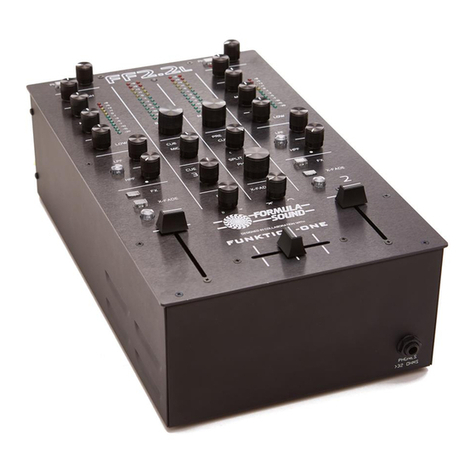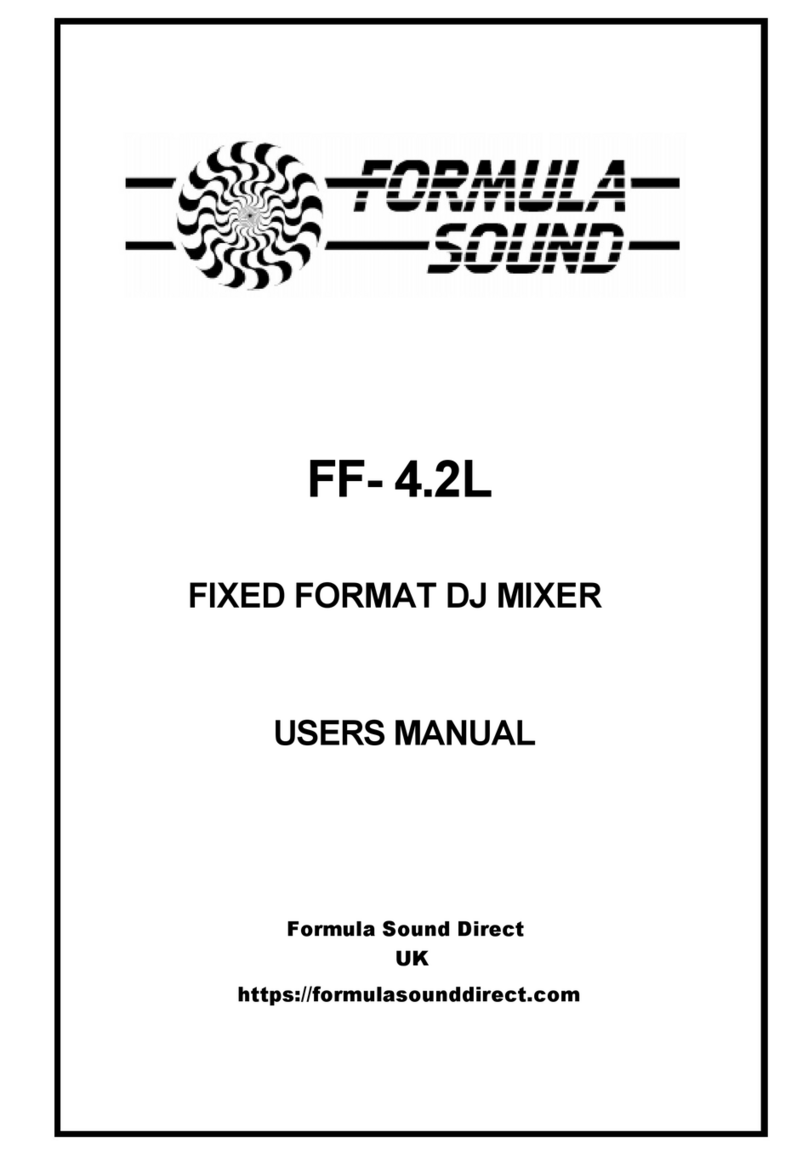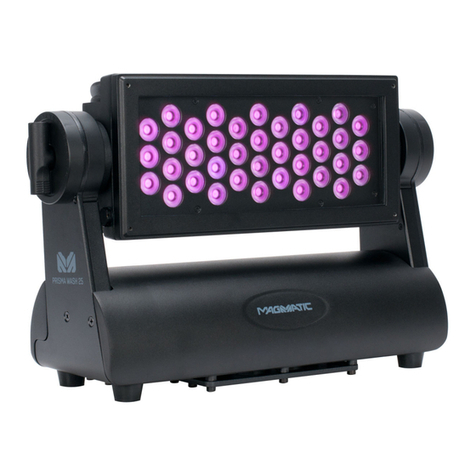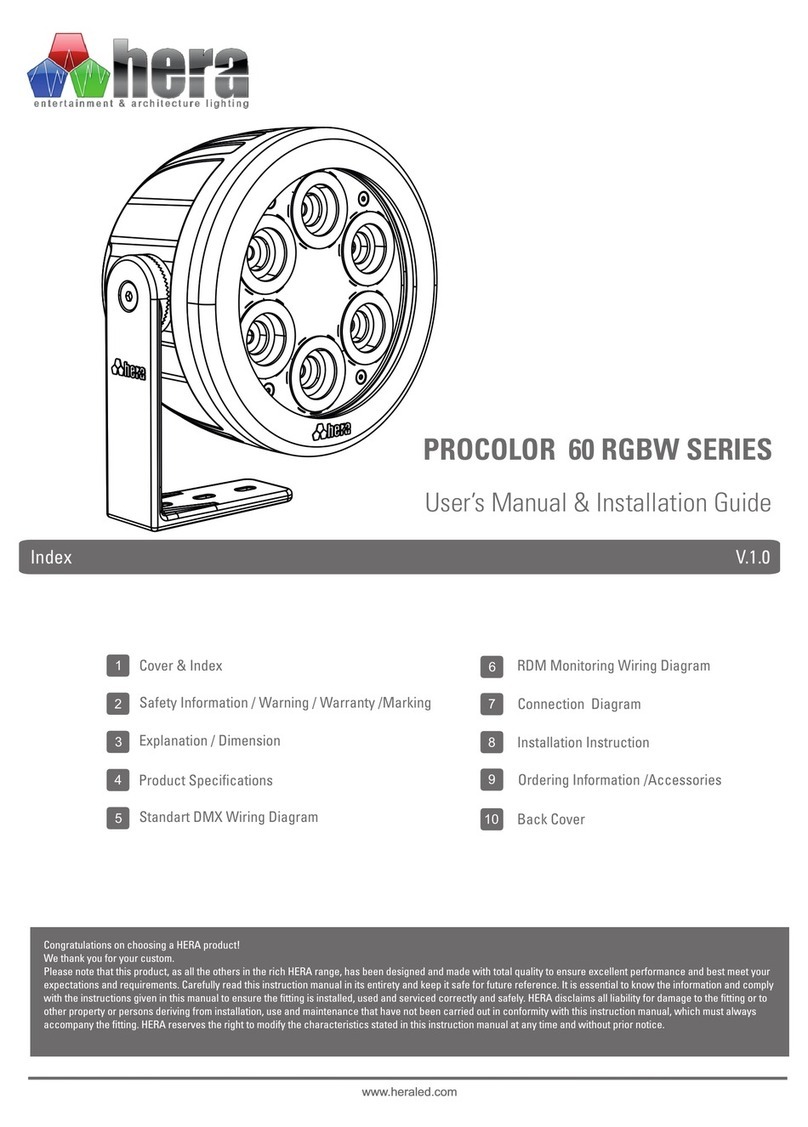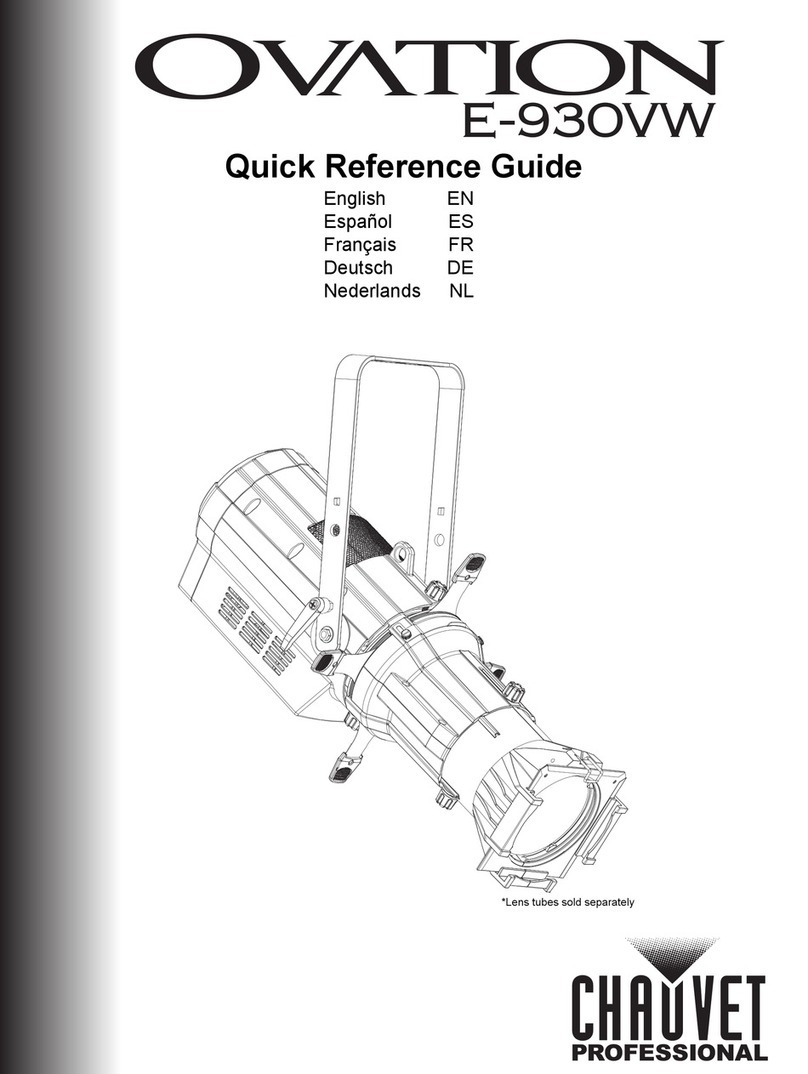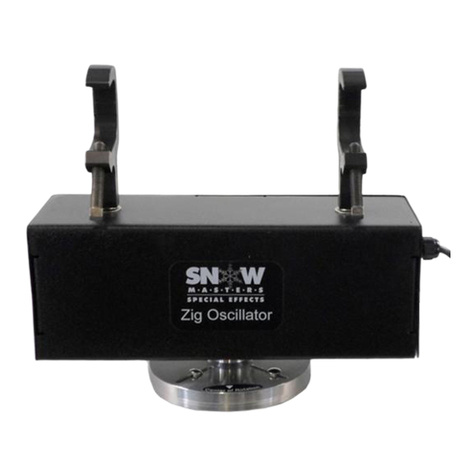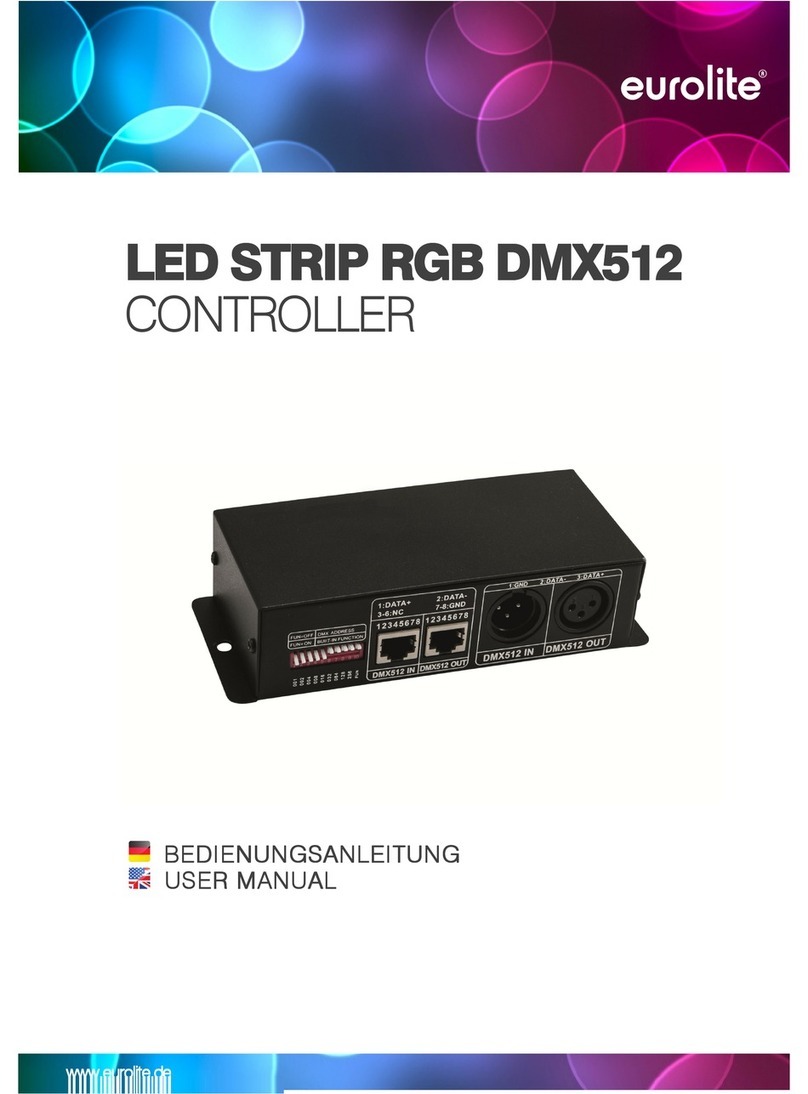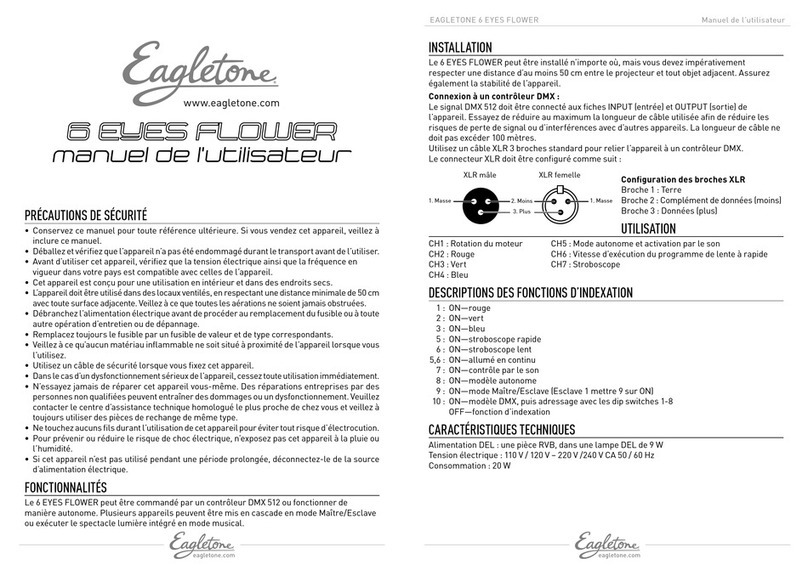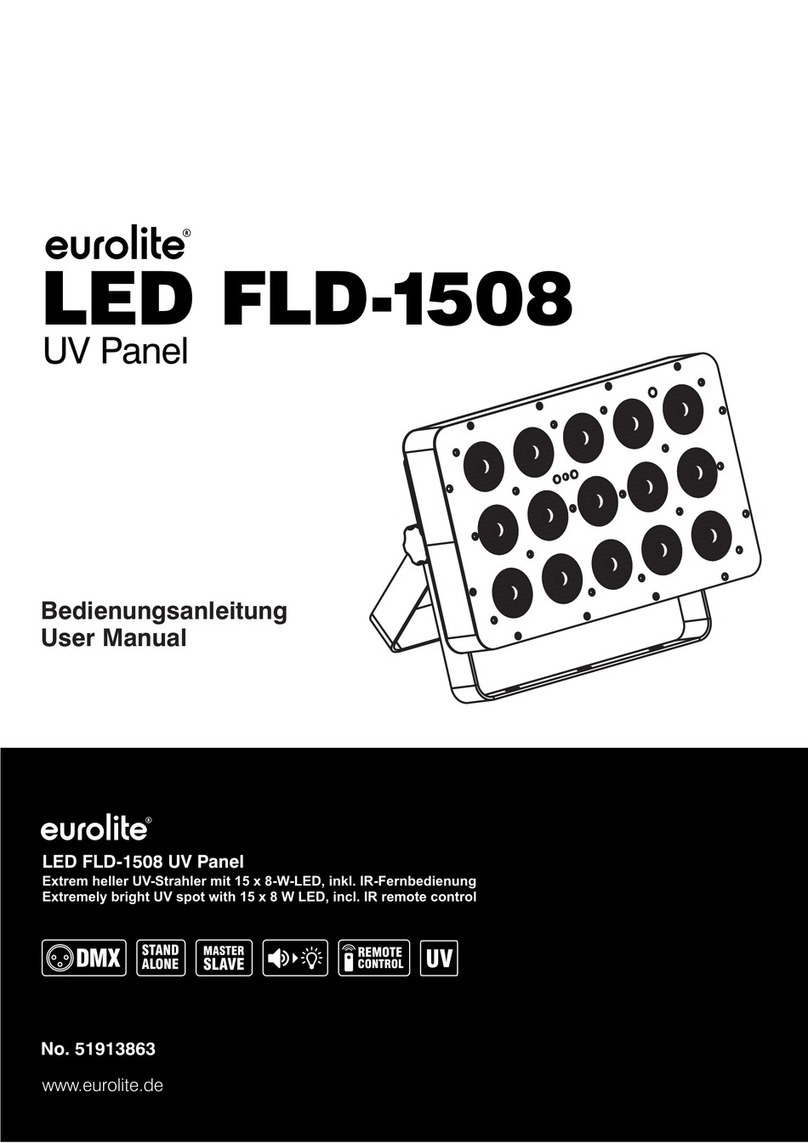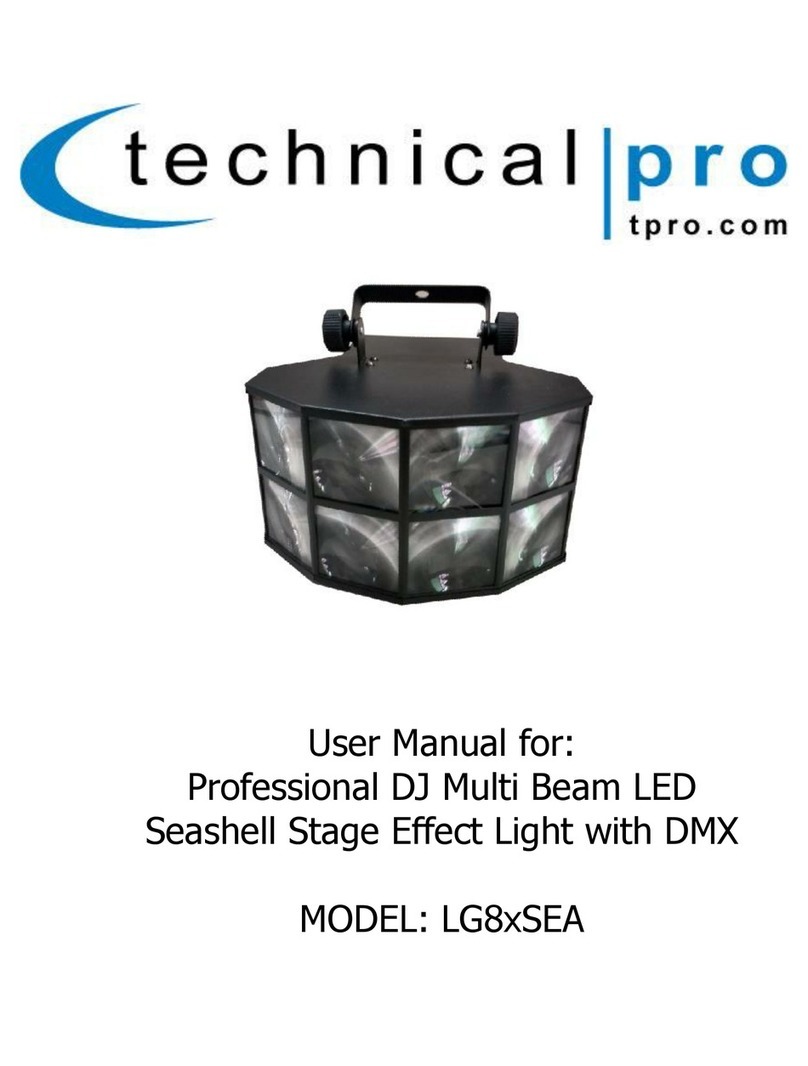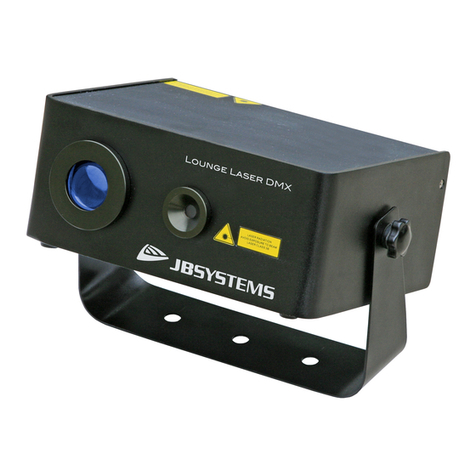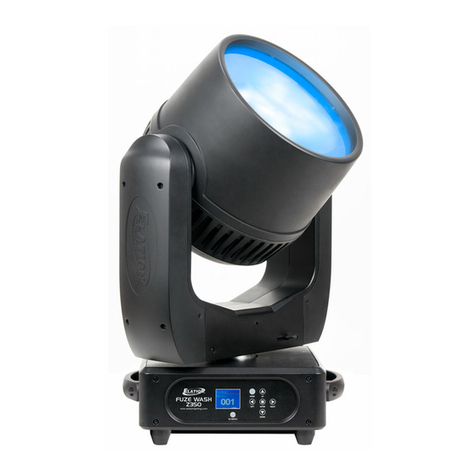Formula Sound ZMR 80 User manual

ZMR80
STEREO MODULAR ZONER
USERS MANUAL
Lime Technologies
http://limetechnologies.co.uk
Tel: 08712 233127

ZMR80 Stereo Modular Zoner Mixer
Introduction
The modular construction of the ZMR80 allows it to be tailored to the requirements of a wide
range of different venues with a choice of 2 to 8 inputs, 2 to 12 outputs, paging options and
optional remote panels. Take only the modules and options you require.
The chassis is 19” rack mount 4RU height and will take 1 PSU or 1 Page PSU module, up to 4
twin input modules and up to 6 twin output modules. Unused positions are filled with blank
modules, additional modules up to the maximum can be fitted at a later date.
PSU
The standard PSU does not support paging, for paging a Page PSU is required plus the remote
paging microphone unit.
The PSU module supplies the power to the other modules and includes a mute/priority input on
a 4 pin connector (mating part supplied) allowing system mute (fire alarm for example) and
priority input (for example evacuation announcements) to all outputs.
The front panel has LED’s showing supply and system mute status, the rear panel has the 4 pin
mute/priority input connector and a priority input gain trim accessible by screwdriver. Internal
options selectable by jumpers include phantom power for the priority input and connection of
mains earth to 0V rail.
The Page PSU module has a RJ45 connector into which plugs the paging microphone.
Input Module (See drawing PC408 later in manual)
An input module will carry 2 stereo (or mono) inputs which may be balanced or unbalanced, you
may have up to 4 input modules to provide up to 8 inputs.
Mono (Mic) input is on XLR and unbalanced stereo on phono sockets, the selection of input is
on a recessed 6 way switch on the rear panel (position 1 is phono socket input and position 2 –
6 give different gains on the microphone input).
Each input module can have one balanced stereo input, for balanced input use the XLR
connections and set the internal jumper to balanced input. The channel at the top of the module
controls the balanced input, the lower channel will still accept an unbalanced line input on the
phono sockets.
The 8 channels consist of 4 Stereo channels and 4 Mono channels; inputs are assigned to one
of these channels by internal jumpers. The maximum number of stereo channels is 4.
On the front panel each input has volume control, clip indicator LED and screwdriver adjustable
gain trim and two band EQ. On the rear panel inputs are on XLR and phono sockets, input is
selectable by screwdriver operated six way switch which allows selection of line input in position
1 (Phono socket) or Mic and mic input gain in positions 2 to 6 (XLR).
Internal options include phantom power (for microphones), balanced input, mixing two inputs (of
one module) to one buss. Mixing the two inputs to one buss with voice over selected allows
announcements or instruction etc to be clearly heard as the other audio is faded down during
the voice over.

Output Module (See drawing PC409 later in manual)
An output module will carry two stereo (or mono) outputs which may be balanced or
unbalanced, you may have up to 6 output modules to provide up to 12 Zones. There is the
ability to connect a remote panel for each Zone, the remote panel provides input select and
volume control.
On the front panel each output has volume control, input select button and LED’s indicating
which input is selected. There is also the option to connect remote panels for input and volume
controls, remote panels are enabled by the input select button and the remote LED illuminates
when remote panel operation is selected.
Once the remote panel is enabled the input select button can be disabled by holding it down for
about 3 seconds, the remote LED will flash once to indicate the control is locked (to prevent
accidental changes). By holding the input select button down for another 3 seconds the control
is unlocked.
On the rear panel the output connections are on a 6 pin (2 x 3) single in line connector (mating
part supplied), the remote panel plugs into a 3 pin connector (mating part supplied). Screwdriver
adjustable two band EQ is also accessible on the rear panel.
Mono operation is selectable on an internal jumper.
A custom version is available from the factory without paging that has 7 or 8 output module (14
or 16 Zones) with less input modules.
Remote Panels
Remote panels may be connected as required to provide control of input selection and volume
in the room (zone) where the audio is fed to, selecting remote on the output module will enable
the remote panel (flashing green LED means no remote panel connected).
Blanking modules
Blanking modules are available for any unused slots.
Chassis
The Chassis is 19” and 4RU height.
Remote Paging Microphone
The remote paging microphone unit connects to the Page PSU module via the RJ45
connection.
The remote microphone allows paging to any selected Zones or all Zones.
The remote paging microphone is only live when a paging button (SEL or ALL) is pressed.
The microphone itself is plugged into an XLR connector on the remote paging microphone unit
and is replaceable.

Configuration of internal options
PSU Module
The ZMR-80 PSU PCB drawing shows the position of the ground lift select. This will remove the
mains ground from 0V. Removing mains earth is generally not recommend unless there is a
good technical reason for it.
Also shown is the position of the Phantom power select for the priority input (adjacent is a pot
which adjusts the priority input level if required).
Input Module (See drawing PC408 later in manual)
For phono (line) input the recessed switch on the rear panel marked I/P SEL BAL GAIN must be
fully anti clockwise (Position 1), only in this postion are the phono socket inputs enabled.
For Microphone input on the XLR the recessed switch on the rear panel marked I/P SEL BAL
GAIN must be in Position 2 –6 (at least 1 step clockwise, the gain increases as you move from
position 2 to 6), only in positions 2 –6 is the XLR microphone input enabled.
For stereo balanced input selection the recessed switch on the rear panel marked I/P SEL BAL
GAIN must be in Position 2 on Input A and Position 1 on input B and an internal jumper set (see
ZMR-80 INPUT PCB drawing which shows the position), when selected the upper channel on
the module utilises the both XLR connectors on the module. The lower channel may still be
used via the phono socket input.
When using the balanced input ensure the recessed switch is in position 2 for Input A and
Position 1 for input B. Positions 3 –6 still change the gain on the XLR, uneven L and R will
mean a switch in the wrong position.
The ZMR-80 INPUT PCB drawing shows the position of the BUSS selection, each input is
allocated to a buss which the output module will recognise as 1 –8. Normally input 1 would be
allocated to buss 1, input 2 to buss 2 up to the maximum of number 8.
Only one input can be allocated to each buss.
Buss 1 –4 are stereo and buss 5 –8 are mono. If a number of stereo balanced inputs are
required it may be necessary to allocate inputs in a different order, for example module 1 may
have one input allocated to buss 1 (stereo) and the second input allocated to buss 5 (mono).
The output module would then see input module 1 as numbers 1 and 5, the buss number an
input is allocated to is the source number the output module will recognise.
A custom option is available from the factory for 6 stereo input/6 stereo buss, reducing the
overall maximum number of inputs but increasing the maximum number of stereo inputs.
Phantom power selection is shown for each input.
The two inputs of a module may be used together for voice over, the upper channel (A) with a
voice (Mic) input and the lower channel (B) with music/voice. When a signal is present from
input A the signal from input B will be automatically turned down and when the signal on A stops
B will fade back up. Select both voice over and mix A and B to channel A.
Recessed in the front panel are screwdriver adjustable gain trims for each input and two band
EQ.

Output Module (See drawing PC409 later in manual)
The ZMR-80 OUTPUT PCB drawing shows the position of the Stereo or Mono selection.
Page ID selection is factory set.
At the rear of the module is screwdriver adjustable two band EQ for each output (Zone).
Remote Paging Microphone
The remote paging microphone unit connects to the Page PSU module via the RJ45
connection.
The microphone level is adjustable via a recessed adjustment on the back of the Page PSU
module, the position is indicated by the module legend.
Lime Technologies
http://limetechnologies.co.uk
Tel: 08712 233127
Table of contents
Other Formula Sound Dj Equipment manuals
